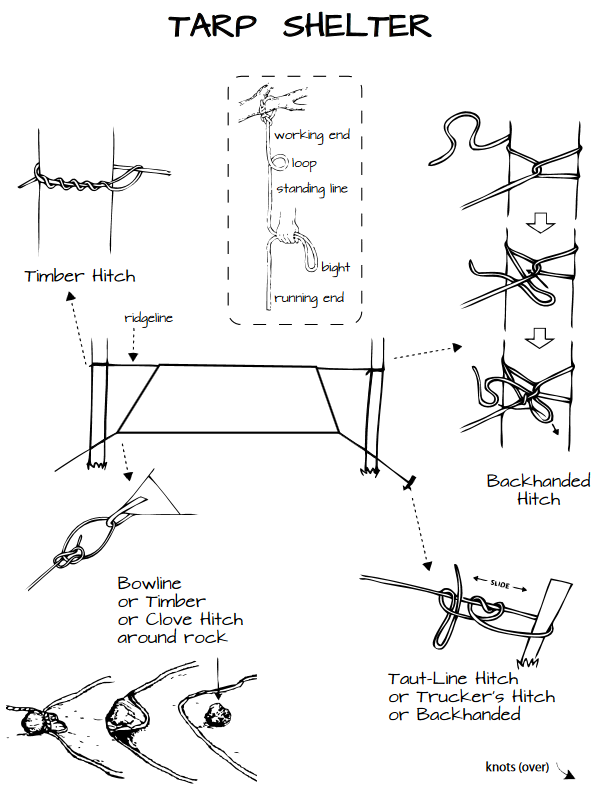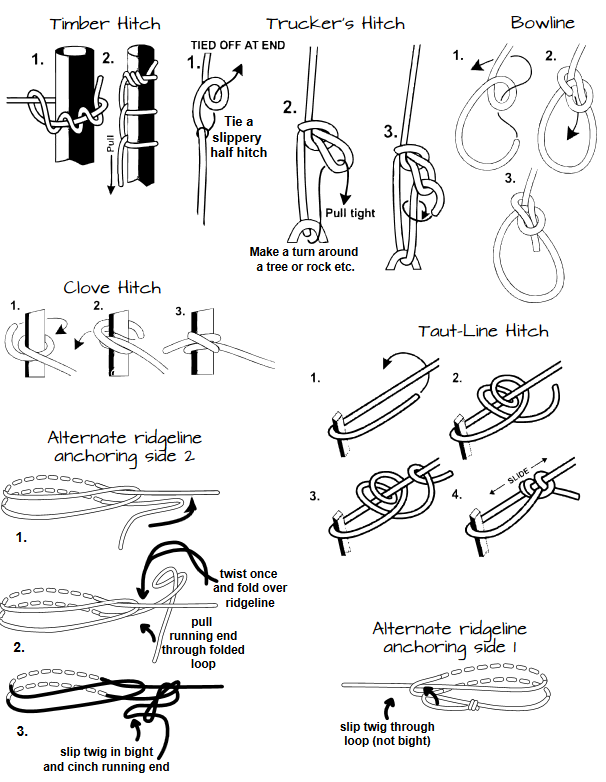There’s a whole field of mathematics that studies knots, to explore abstract properties of idealized curves. “But that’s not what you care about if you are, for example, a sailor or a climber and you need to tie something which holds,” says Vishal Patil, a graduate student at the Massachusetts Institute of Technology whose new findings appear in the journal Science.
…”Twist is quite important in how knots behave,” says Patil, who explains that having lots of twists going in opposite directions along the knot can kind of lock it. “But if lots of twists are going in the same direction, then the whole thing can roll out.”
Other important factors include the amount of friction in the knot and its overall complexity.
To see how well their rules could predict a knot’s behavior, the researchers took six different knots and ranked them in terms of how stable they thought the knots would be.
Then they tested the knots experimentally by loading them with weights to see how much weight was needed to get the knots to slip.
A Knotty Problem Solved
More on knots, or strings here: The small things that made a big difference
Knots App
By far, my favorite knot app is Knots 3D.
A Few Knots For Trail Work

PDF of image above: Belay Knots (The “acceptable” language comes from the fact that these are the two knots we decided to stick to as to keep it simple for a Conservation Corps program)


PDF of images above: Tarp Knots